Few Artifacts of the Transatlantic Slave Trade Still Exist. These Iron Blocks Help Tell That Gut-Wrenching Story
A profound symbol of the horrific conditions aboard a slave ship is the ballast used as a counterweight for human cargo
/https://tf-cmsv2-smithsonianmag-media.s3.amazonaws.com/filer/af/00/af00d684-5982-4cf4-8478-ade11c7a9c73/dsc00009.jpg)
The first time Lonnie Bunch touched an iron ballast from the sunken Portuguese slave ship São José Paquete de Africa, he cried.
“I really believe that artifacts have power, that they carry spirits, feelings,” says Bunch, founding director of the Smithsonian’s National Museum of African American History and Culture. “When you touch that, you understand that ballast was supposed to equal a body so that the ship could float.”
Tears came to his eyes again Wednesday night at the Embassy of South Africa, where historians, diplomats and divers gathered to commemorate the loan of items from the ship that sank off of Cape Town, South Africa in December of 1794. It was carrying 512 enslaved Mozambicans, and also iron ballasts. Those long thick bars were meant to offset the weight of its human cargo.
“When you look at that and you begin to think, ‘who’s body was that, what was the person like, what were their hopes and dreams? Were they one of the people that survived,’” Bunch wonders. “And when they survive, two days later they are sold again, and lost to history.”
When the ship floundered, 212 of the captives drowned after it wrecked on the rocks in about eight feet of turbulent waters off of what is now Clifton Beach, so close to shore that they were able to shoot a cannon and signal for help. The Captain, crew and about half of the slaves were rescued. The survivors were sold back into slavery.
“It’s doubly or triply tragic in some ways,” says museum curator Paul Gardullo. “It is the first historically documented ship carrying enslaved Africans when it wrecked. It’s an incredibly important historical find for world history, for American history, and for African-American history.”
The São José was among the early voyages of the slave trade between Mozambique and Brazil, which continued well into the 19th century. More than 400,000 East Africans are thought to have made the journey between 1800 and 1865, enduring horrific conditions in the bellies of ships on voyages that often took two to three months. Cape Town once prospered as a way station for this trade.
An international team of investigators, in a partnership including the African American History Museum, Iziko Museums of South Africa and George Washington University, has been working the dive site since 2010. The team is part of a broader global partnership, The Slave Wrecks Project (SWP), which includes the U.S. National Park Service, The South African Heritage Resource Agency, Diving with Purpose, and the African Center for Heritage Activities.
The items from the South African dive site being loaned to the African American History Museum for a decade include iron ballasts, a wooden pulley block and a portion of the ship’s timber. Divers also found remnants of shackles, which were covered in a glut of organic and inorganic material that had built up around them over centuries under the sea.
“When we’ve done X-rays and CT scans of them, you can see the ghost of what was a shackle inside,” Gardullo explains. “The iron is barely there, but what you can see is a clear outline of what once existed as a shackle and that’s a very powerful piece. … It makes us think ‘What is the memory of slavery and how does it exist in the 21st century?’”
The artifacts arrived at the museum’s storage facility Wednesday morning, where they were received by historians, curators and preservationists. At the celebration at the South African Embassy to honor the loan of the artifacts, the audience was able to view one of the iron ballasts, and also a Mozambican basket. It was used in a memorial service at the dive site, where dirt from Mozambique Island was sprinkled over the wreck, to allow those lost to once again touch their homeland.
“We went to the area where the Makua people were—the people who were on the São José,” Bunch recalls. “We realized that as we talked to the Makua people that this wasn’t a story about 100, 200, 300 years ago. It was a story that shaped their memories, shaped who they are.”
The Ambassador for the Republic of South Africa, H.E. Mninwa Mahlangu, gave a moving speech about the global importance of the find.
“The São José narrative has a wider impact than just South Africa and Mozambique. The ship was on its way to Brazil in an attempt to start a new triangle of the slave trade between Europe, Africa and the Americas,” Mahlangu told the audience. “We therefore have to open up this tale of pain and suffering to a wider audience. The story has to be told now and tomorrow.”
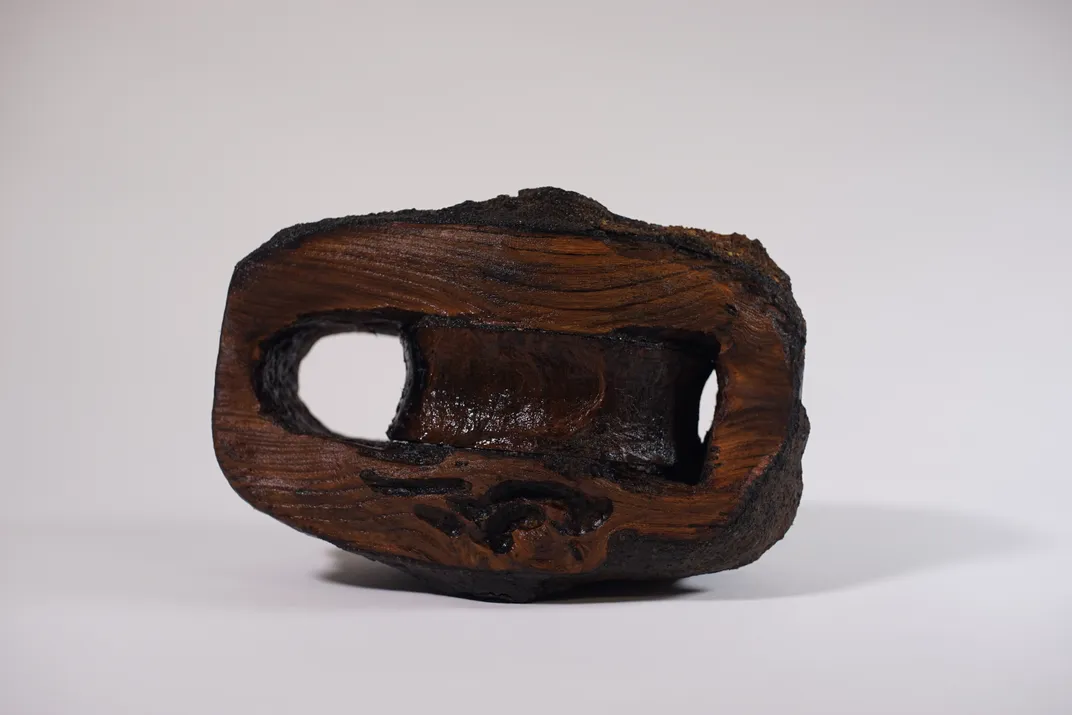
Mahlangu says the theme of the slavery exhibition at the South African Iziko Museums is “From Human Wrongs, To Human Rights,” and he says people should think of that theme on a global level.
“Slavery plays a fundamental role in the global economy and in the global world in which we live today,” Mahlangu explains. “Slavery became a foundation for other unjust systems such as apartheid. …The legacies of slavery and colonialism … persist.”
The Smithsonian’s Bunch agrees.
“The key here is for the Smithsonian to create an opportunity for people to understand what the slave trade was, its impact globally. In many ways the slave trade not only changed the people, it transformed the world,” says Bunch. “In some ways it allows us to help the public understand the slave trade is not simply an African-American story or an African story. It’s a global story and all of us are shaped in profound ways by that.”
Researchers are continuing to search for other wreck sites near Cuba, Senegal and St. Croix, and work continues to bring up more artifacts from the São José.
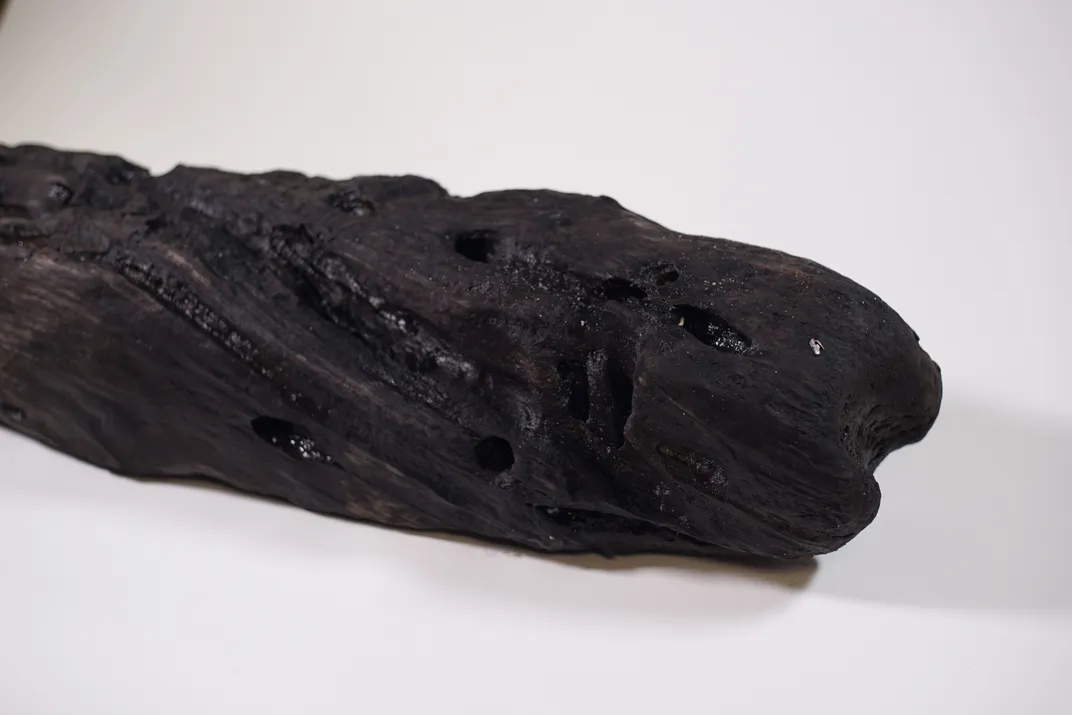
The Smithsonian’s Gardullo is struck by both the power of the objects, and of the wreck site itself.
“I think we’re always in the past even as we’re in the present, “Gardullo says. “These tangible objects are a reminder that the past continues to be very present.
The Smithsonian’s National Museum of African American History and Culture opens September 24, 2016.
/https://tf-cmsv2-smithsonianmag-media.s3.amazonaws.com/accounts/headshot/allison.png)
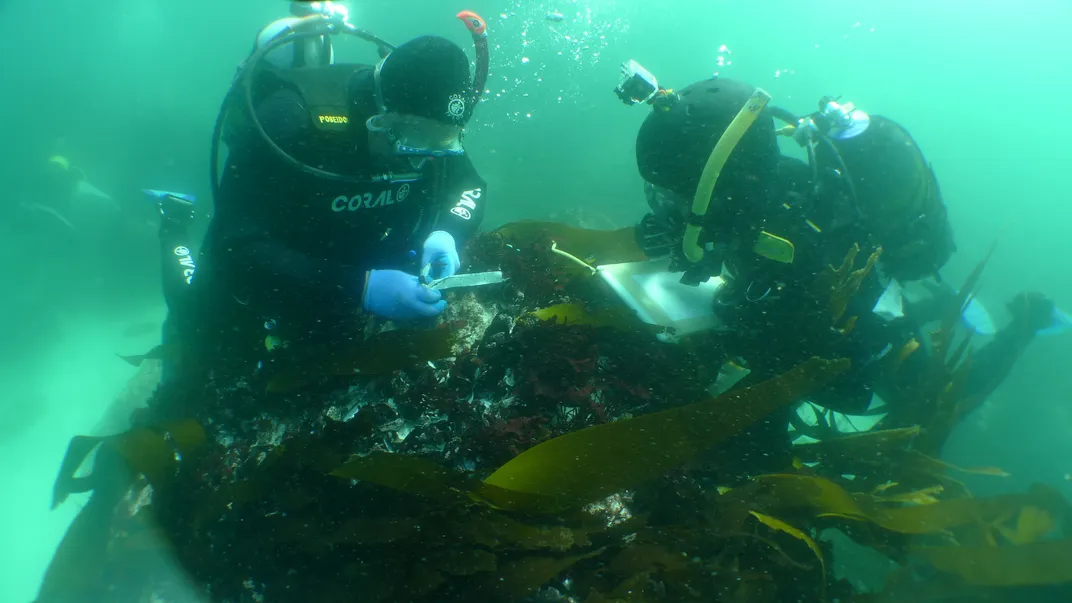
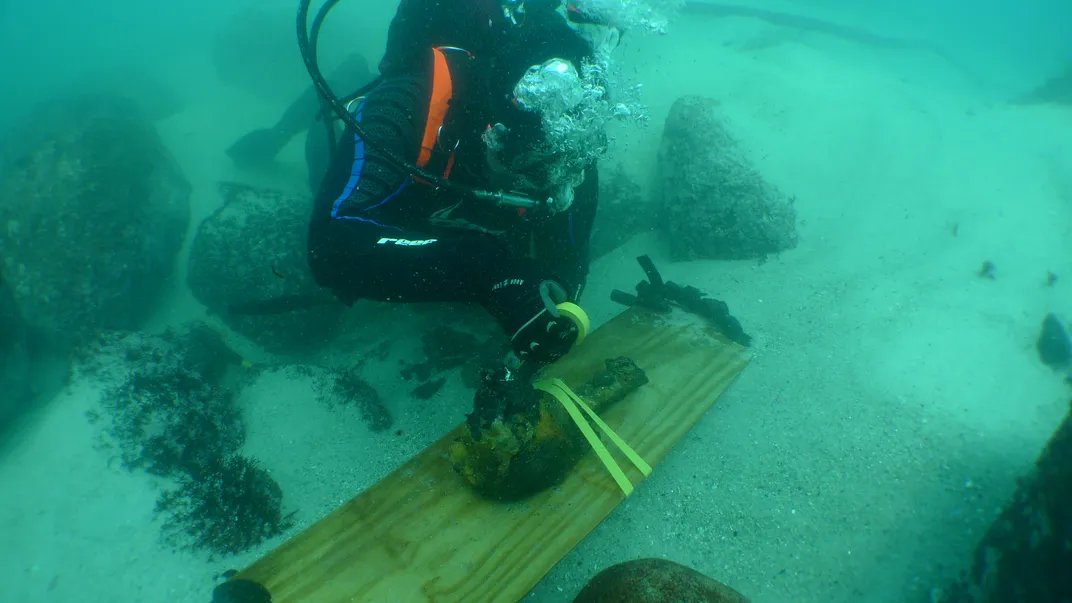
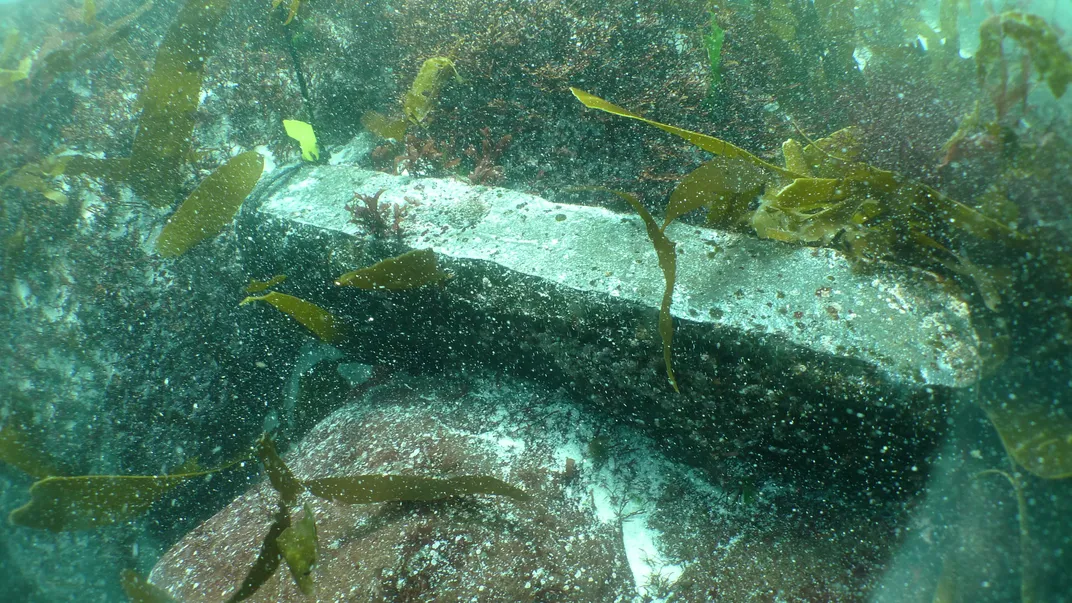
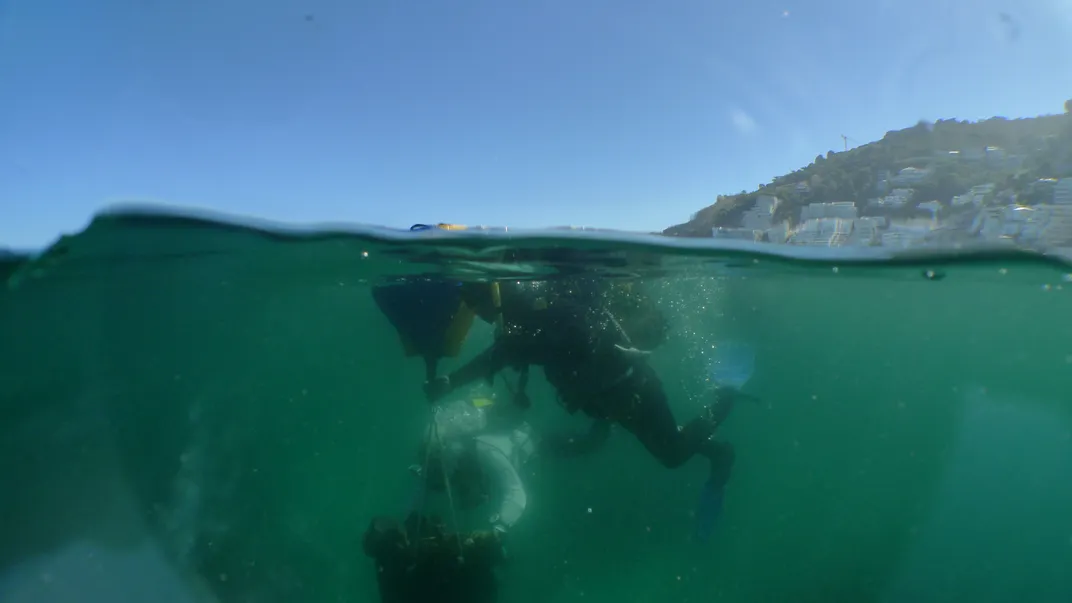
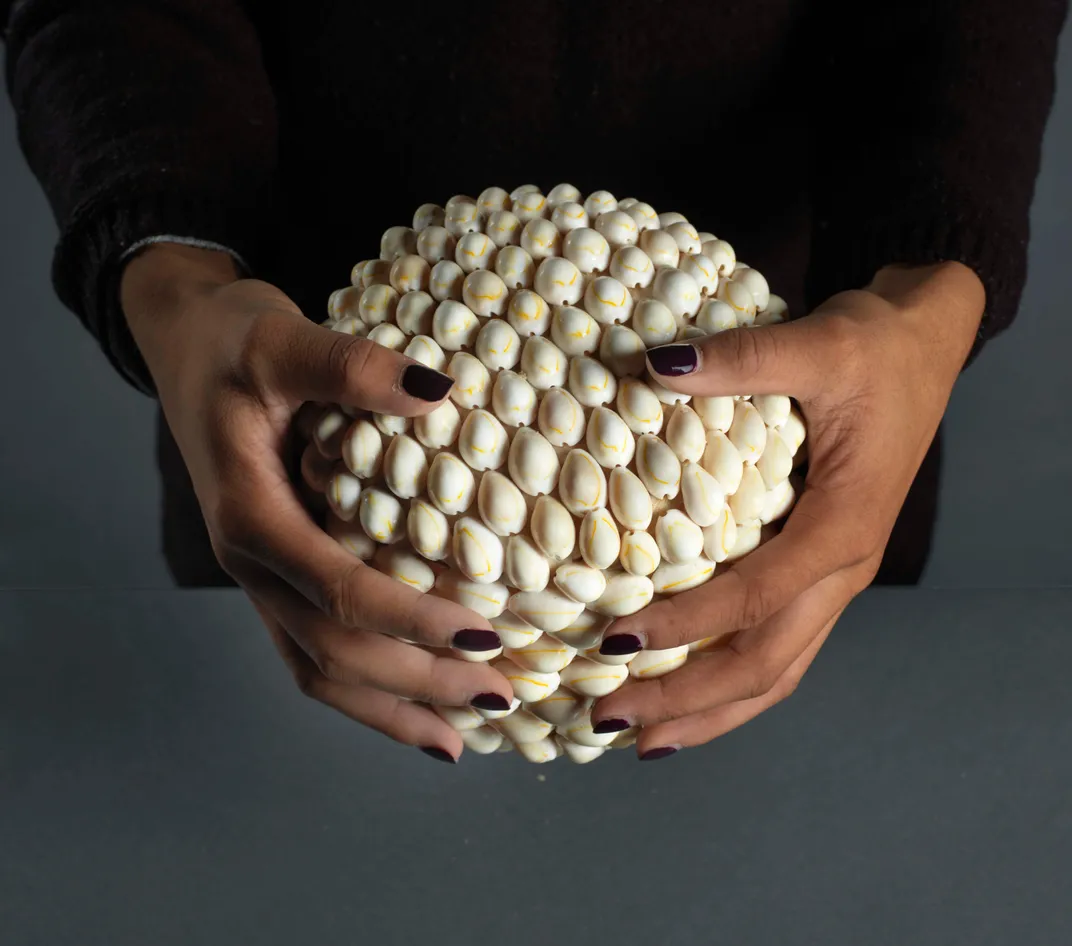
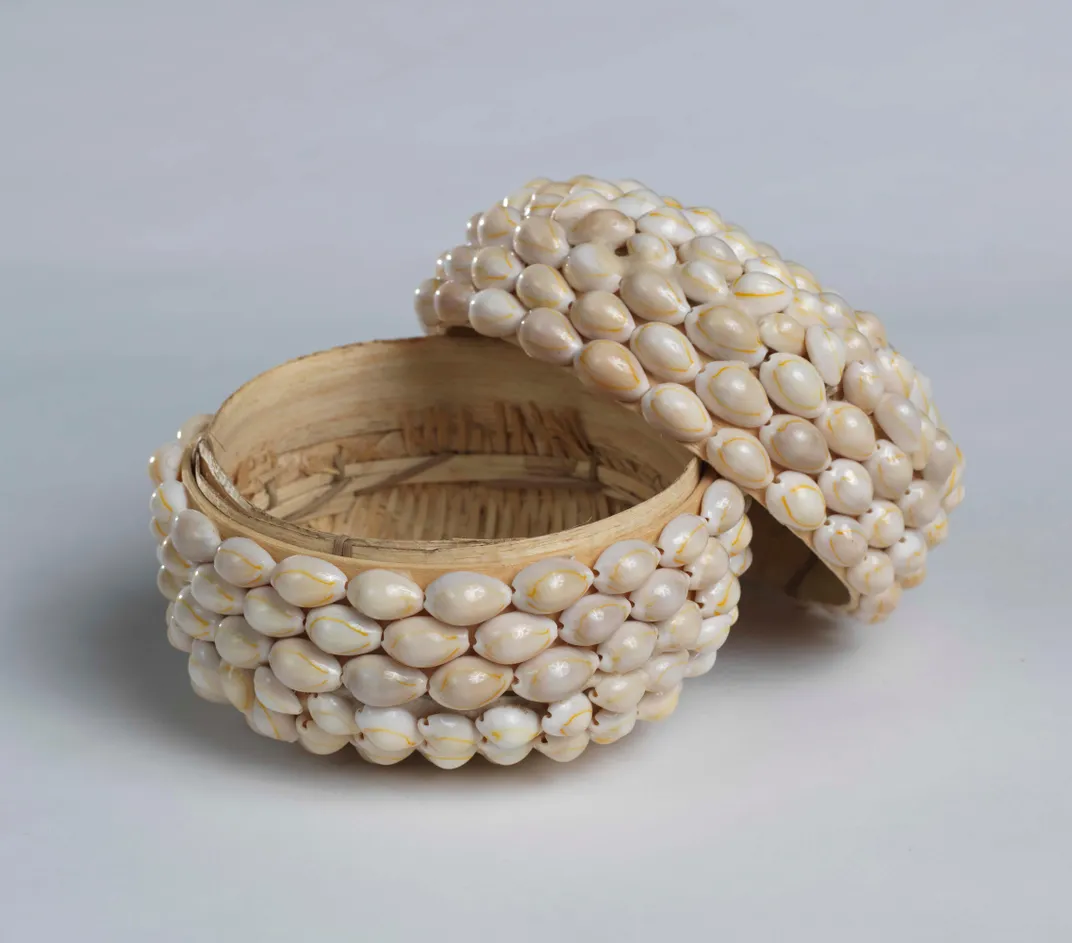
/https://tf-cmsv2-smithsonianmag-media.s3.amazonaws.com/accounts/headshot/allison.png)